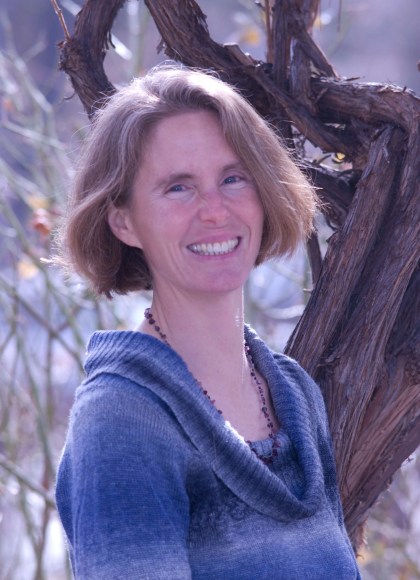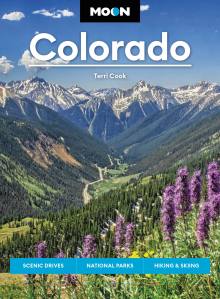Prehistoric Colorado: Dinosaur Ridge and More
When a Colorado School of Mines professor discovered an enormous vertebra, nestled in a chunk of sandstone on a ridge west of Denver in 1877, he had no idea that his discovery would spark a fierce battle that would come to be called “The Bone Wars.” The finding pitted two of the nation’s top paleontologists, who both rushed to Colorado to excavate the precious dinosaur fossils, against each other. Competition aside, the legacy they unearthed has provided many tantalizing clues about the giants that once wandered through Colorado.
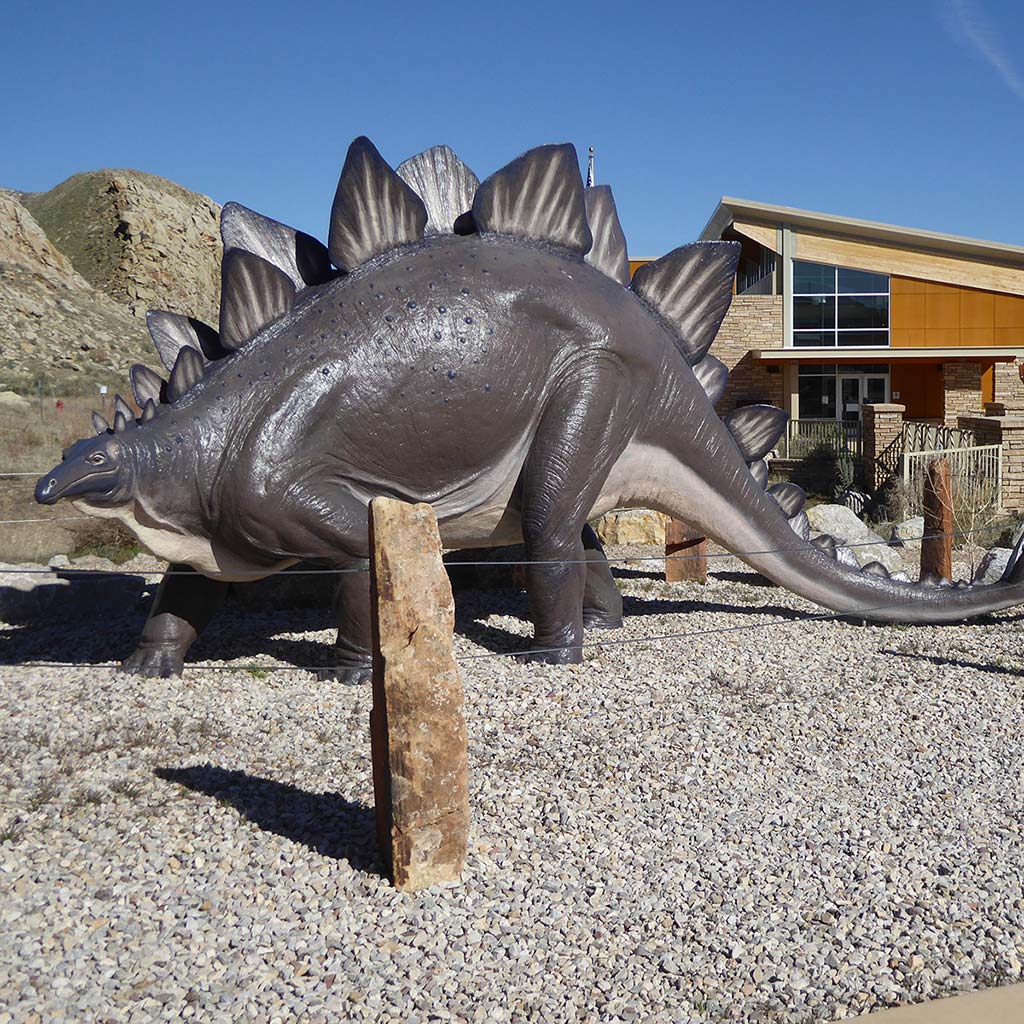
Below are some of the top sites where you too can dig into Colorado’s fascinating prehistory.
Dinosaur Journey Museum
Located just west of Grand Junction, the Dinosaur Journey Museum takes you on a trip through time to learn more about the super-sized creatures that once roamed what is now the Grand Valley. The highlights of this family-friendly museum are the robotic replicas of triceratops and stegosaurus, which visitors can control with a series of buttons and levers, and the popular spitting dilophosaurus.
Dinosaur National Monument
Although well-known for its thrilling whitewater rafting and gorgeous scenery, the main draw to Dinosaur National Monument is its famous Dinosaur Quarry, the first locale where dinosaur bones were left intact for public viewing instead of carted off to museums. Housed in a brand-new protective building, the 150-foot-long quarry wall is filled with more than 1,500 bones. These include viciously serrated allosaurus teeth and two nearly intact camarasaurus skulls, all of which are embedded in soft mudstones deposited by rivers that wound through the swampy lowlands of a real-life Jurassic Park about 150 million years ago.
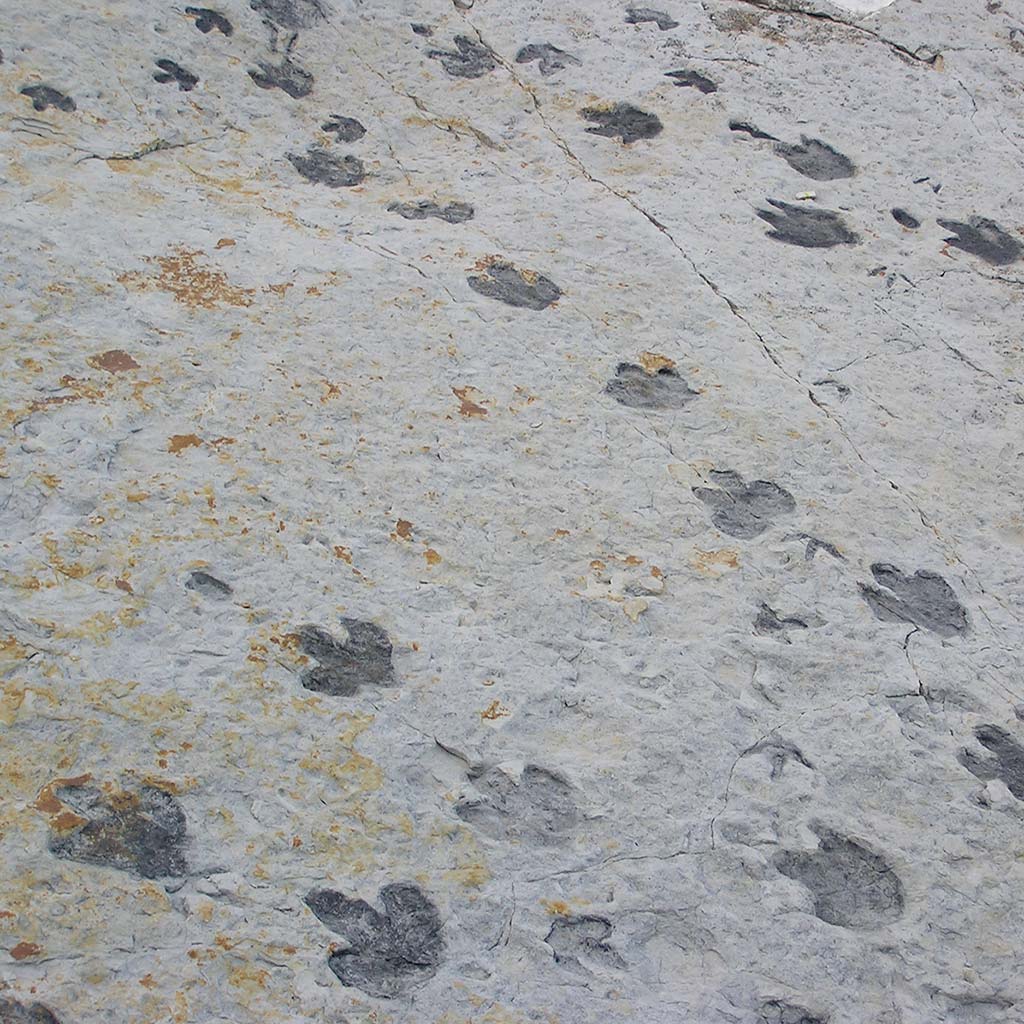
Dinosaur Ridge
Located just west of Denver, Dinosaur Ridge is one of the world’s most famous fossil localities. It was here that some of the best-known giants were first discovered, including the bus-sized stegosaurus, the fierce carnivore allosaurus, and the long-necked, plant-eating apatosaurus (formerly called brontosaurus), one of the largest animals to ever walk the Earth. The site has two visitor centers, one on each side of the ridge, which you can tour by bus or by foot, with stops at the “Bronto Bulges” and the attraction’s centerpiece, a tilted rock slab crisscrossed by 330 dinosaur tracks.
Fossil Trace Golf Course
For a truly unique experience, try putting next to prehistoric fossils at Golden’s Fossil Trace Golf Course. Sculpted from an old clay quarry, this Jim Engh-designed course features excellent fossils, especially on the signature 12th hole, where sandstone pillars in the fairway and along its left side host triceratops tracks and ancient palm frond impressions. Even if you don’t play, you can stop by the clubhouse to see some early mammal tracks, plus a cast of a triceratops skull found nearby.
Newsletter Signup
By clicking ‘Sign Up,’ I acknowledge that I have read and agree to Hachette Book Group’s Privacy Policy and Terms of Use
Morrison Natural History Museum
Located close to Dinosaur Ridge, the small Morrison Natural History Museum has hands-on exhibits about the area’s amazing fossil finds, many of which have been found in the soft green and purple Morrison Formation mudstones. Exhibits include a Time Garden that explores the small foothill town’s geologic history and a working lab where you can watch volunteers prep local fossil finds.
Picketwire Canyonlands
For an off-the-beaten-path adventure, visit southeastern Colorado’s Picketwire Canyonlands, the site of our continent’s largest dinosaur trackway, which features more than a thousand allosaurus and apatosaurus prints. The site is only accessible via a 11.3-mile (roundtrip) hike or bike ride or on a guided 4×4 auto tour.
Prehistoric Journey
One of the permanent exhibits in the Denver Museum of Nature & Science, Prehistoric Journey traces the evolution of life on our planet. One of the highlights is the impressive dinosaur display, which includes casts of an allosaurus and a long-necked diplodocus.
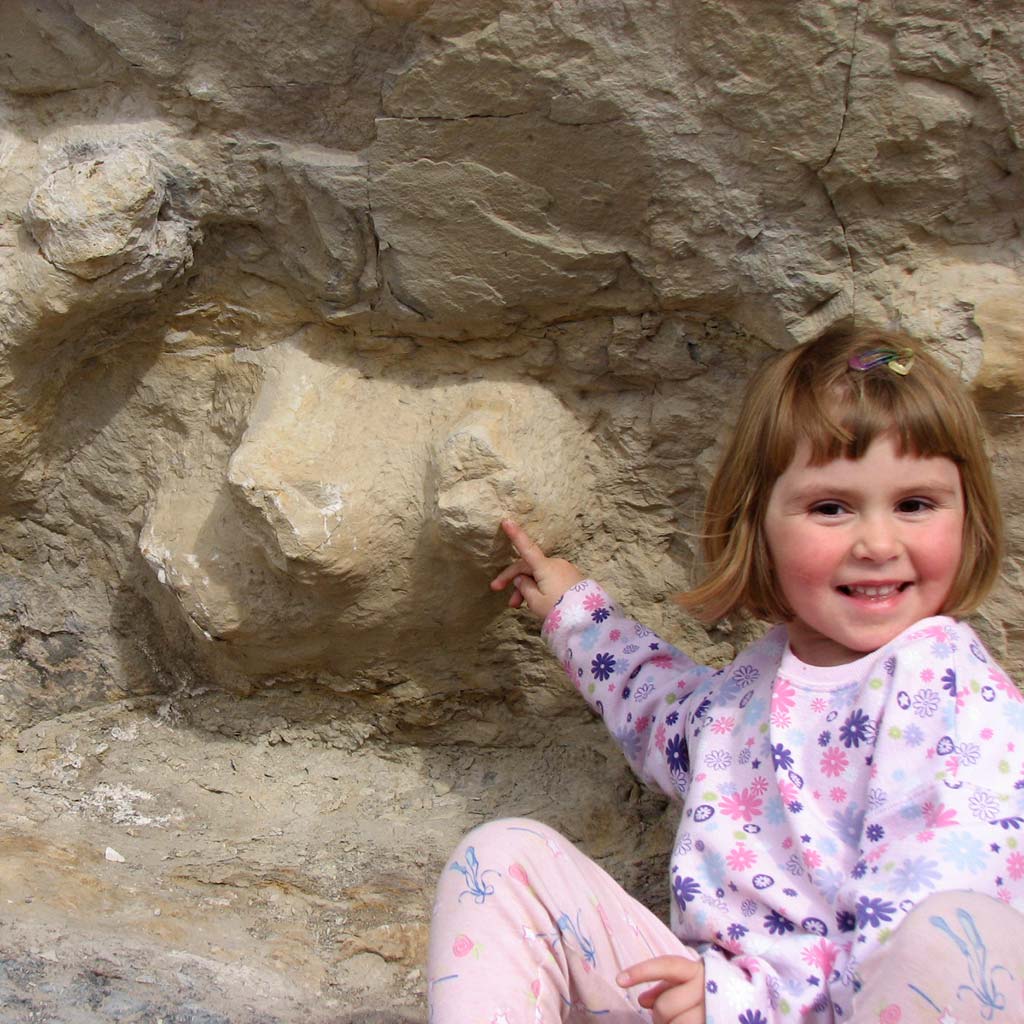
Skyline Drive
This scenic drive northwest of Cañon City follows the narrow crest of an 800-foot-high hogback where, in addition to great views, you can see a series of 107-million-year-old blobs, each of which has four protrusions that identify them as ankylosaurus prints. This treasure was only discovered in 1999, but is the longest such trackway in the western U.S.
Triceratops Trail
On the edge of the Colorado School of Mines campus in Golden, a short stroll along the 1.5-mile Triceratops Trail brings you to the first of this famous three-horned dino’s tracks ever discovered. There are several other types of tracks along the way, as well as palm frond prints and ancient raindrop impressions.
Newsletter Signup
By clicking ‘Sign Up,’ I acknowledge that I have read and agree to Hachette Book Group’s Privacy Policy and Terms of Use
Pin For Later

